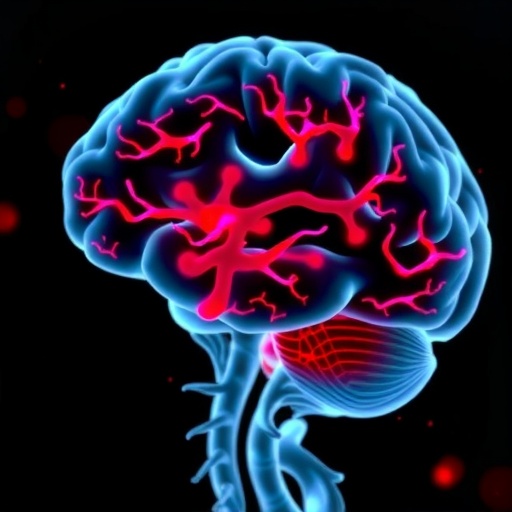Findings may lead to new therapies for necrotizing enterocolitis
The intestinal disease necrotizing enterocolitis is a leading cause of death among premature infants born in the U.S. and across the globe. Characterized by excessive inflammation that can cause tissue decay in the bowels, the disease provides a pathway for infectious and deadly bacteria to enter the bloodstream.
Despite four decades of research, effective treatments remain elusive, and mortality rates in babies who develop the disease have remained essentially unchanged, hovering at about 30%.
Now, a study led by researchers at Washington University School of Medicine in St. Louis has identified, in mice, a protein in the immune system that may protect babies from necrotizing enterocolitis (NEC) and lead to the development of new treatments.
The findings are published online June 15 in Cell Reports Medicine.
“Necrotizing enterocolitis is a serious, fast-acting condition that can lead to death within hours,” said the study’s senior author, Misty Good, MD, an assistant professor of pediatrics in the Division of Newborn Medicine. “We don’t know why NEC happens, and we can try to treat it with antibiotics and surgical removal of the dead tissue; however, in severe cases, many babies will still die. No treatments stop the disease from progressing, but our hope is that the protein we’ve identified will change that.”
The scientists focused on Interleukin-22 (IL-22), a protein that regulates immune responses and helps maintain a healthy gut microbiome in adults.
Over the years, research has suggested that IL-22 has a critical role in adult gastrointestinal diseases. Consequently, potential treatments involving IL-22 are being studied in COVID-19 illness, alcohol-induced liver disease, and graft-versus-host disease that develops after organ or bone marrow transplants. However, IL-22’s role in newborns’ intestines has been unclear.
To better understand the protein’s role, the researchers created a mouse model to examine IL-22 signaling and production in healthy intestines and in intestines damaged by NEC. They analyzed IL-22 levels before and after birth and into adulthood, which for mice begins when they are weaned, at about 28 days old. In both the healthy and diseased intestines, the researchers documented low postnatal IL-22 production up until day 21, when production skyrocketed for the mice and continued into adulthood.
The researchers also studied tissue samples from preemies who did and did not develop NEC. The scientists found low levels of IL-22 in all of the intestinal samples. And in the babies who had developed NEC, an appropriate immune response had not been mounted in the intestines.
“Immune cells in the neonatal intestine have shown an inability to produce adequate amounts of IL-22 to control the progression of NEC,” said Good, who treats patients at St. Louis Children’s Hospital and is also co-program director of the university’s Neonatal-Perinatal Medicine Fellowship. As a member of the scientific advisory council of the Necrotizing Enterocolitis Society, Good has led an effort involving seven medical centers that have developed a large biorepository of samples from infants affected by NEC.
Good surmised that immature intestines are associated with a lack of IL-22 production, a theory strengthened by the fact that premature infants weighing less than 3 pounds 5 ounces are most at risk for NEC. Typically, the more premature a baby is, the lower the baby’s weight and the more undeveloped a baby’s gastrointestinal immune system is. Harmful bacteria can get cross the gut barrier and activate the immune system. And because the immune system of preemies isn’t fully developed, it leads to an exaggerated inflammatory response that can lead to tissue death.
The researchers’ findings of low levels of IL-22 in neonatal tissues led to their next step: injecting the mice with IL-22. The protein aids in controlling inflammation while promoting regeneration of tightly packed cells lining the intestine. IL-22 can help strengthen the intestinal walls, creating a barrier in the gut that allows for nutrient absorption while preventing toxic or otherwise hostile microorganisms from seeping into the bloodstream.
“Interestingly, our work demonstrated that treatment with IL-22, in mice, protects the newborn intestine against damage caused by NEC,” Good said. “Our study represents a substantial advance in understanding the role of IL-22 in early life and sets the stage for new ways to treat NEC in the future.”
###
Media Contact
Diane Duke Williams
[email protected]
Original Source
https:/
Related Journal Article
http://dx.





